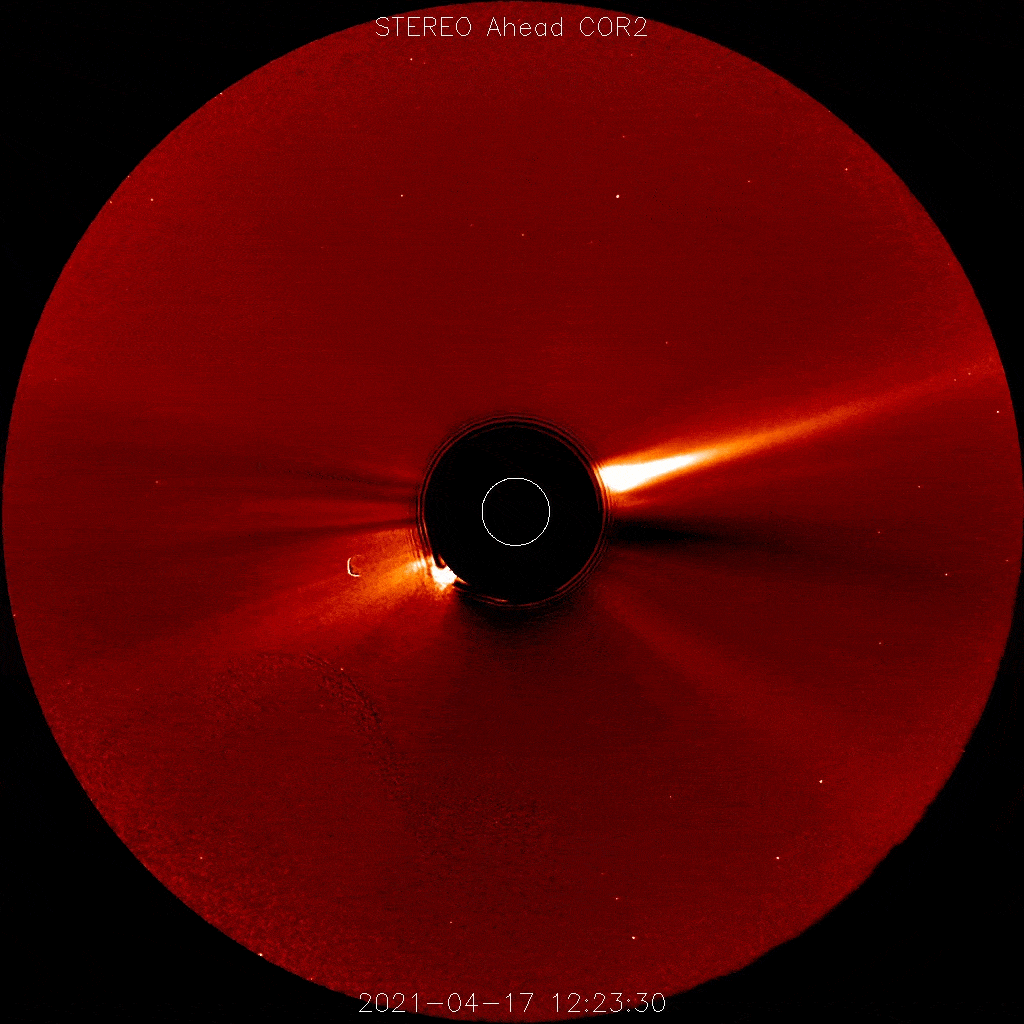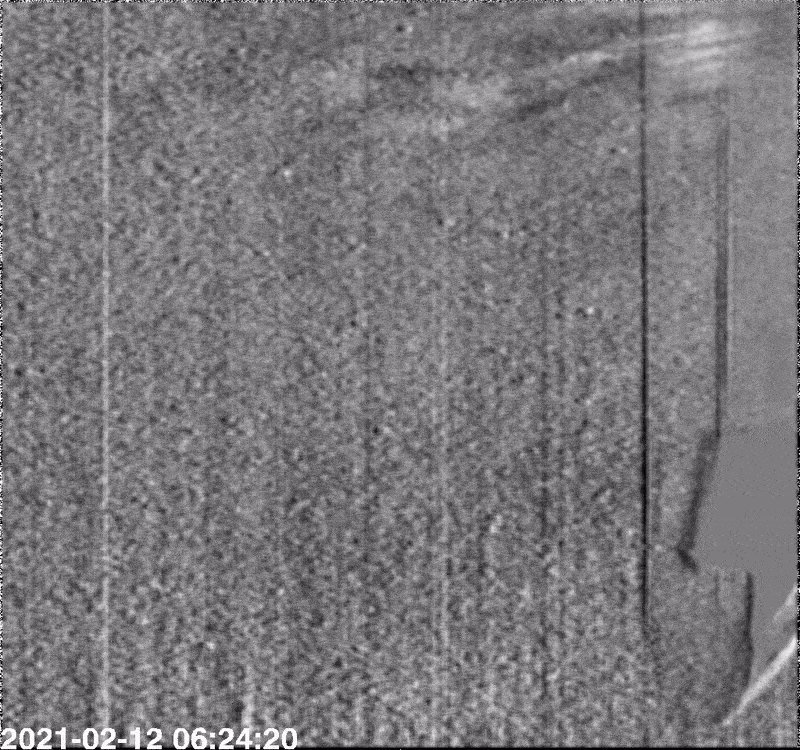STEREO A & B
Solar TErrestrial RElations Observatory


About STEREO A & B
The twin STEREO spacecraft studied the structure and evolution of solar storms as they emerge from the Sun. STEREO A remains active.
- The twin spacecraft provided the first-ever 3D view of the Sun's surface.
- In 2012, STEREO captured data on an extreme solar storm more powerful than anything seen in the past 150 years.
- STEREO B's mission ended on Oct. 17, 2018.
In Depth
STEREO (Solar Terrestrial Relations Observatory), the third mission in NASA’s Solar Terrestrial Probes (STP) program, consisted of two space-based observatories to study the structure and evolution of solar storms as they emerge from the Sun and move out through space.
The two spacecraft, one ahead of Earth in its orbit and the other trailing behind, provided the first stereoscopic images of the Sun, and collected data on the nature of its coronal mass ejections (CMEs), represented by large bursts of solar wind, solar plasma, and magnetic fields that are ejected into space. CMEs can disrupt communications, power grids, satellite operations, and air travel here on Earth.
Both spacecraft were inserted into an initial orbit around Earth at about 103 x 106 miles (165 × 171 kilometers). After a second and third burn, the two spacecraft were sent into a translunar orbit, planned at about 110 x 251,000 miles (182 × 403,810 kilometers) at a 28.5-degree inclination.
Just after the final burn, at 01:19 UT, STEREO A separated from STEREO B. On the fifth orbit for both, on Dec. 15, 2006, both spacecraft swung by the Moon and used a gravitational assist maneuver to head into different orbits.
STEREO A was in a solar orbit inside Earth’s orbit (and was “ahead”) while STEREO B remained in a high Earth orbit. STEREO B encountered the Moon again Jan. 21, 2007, and was accelerated into the opposite direction from STEREO A. It entered heliocentric orbit outside of Earth’s orbit (and was “behind”).
The orbital periods of STEREO A and STEREO B were 347 days and 387 days, respectively. The two spacecraft separate from each other at a (combined) annual rate of 44 degrees.
A star tracker failed briefly on STEREO B but this had no impact on the mission. Later, in May 2009, the spacecraft was successfully rebooted with new guidance and control software. A similar reset was implemented with STEREO A in August of the same year.
A transponder malfunction in July 2013 briefly interrupted science activities on STEREO B. More seriously, the spacecraft suffered a failure of its inertial measurement unit in January 2014 but controllers managed to quickly revive the spacecraft.
At various points, the spacecraft were separated from each other by 90 degrees and 180 degrees. The latter occurred Feb. 6, 2011, allowing the entire Sun to be seen at once for the first time by any set of spacecraft.
On July 23, 2012, during an extreme solar storm more powerful than anything seen in the past 150 years, STEREO A was able to collect significant data on the phenomenon.
Unanticipated high temperatures in the high gain antenna feed horns of both spacecraft were detected in June 2014, effectively reducing the data return rate, thus curtailing the science program. Because of this problem, mission scientists formulated a reduced program of science operations for STEREO A in August 2014, one that was further thwarted by a massive proton storm (caused by a large solar flare on the far side of the Sun) Sept. 3, 2014. The energy particle fluxes were so high that star trackers on both STEREO spacecraft were reset.
Later, on Oct. 1, communications were lost with STEREO B immediately after a planned reset of the spacecraft. All attempts to recover contact were in vain and it is thought that anomalies in the guidance and control system of the spacecraft might have rendered it powerless as a result of drift away from direct exposure of the Sun to its solar panels.
Controllers hoped at the time that eventually STEREO B would drift into proper orientation (much like SOHO in 1998) and would power up and resume its mission. Remarkably, 22 months after the loss of contact, on Aug. 21, 2016, NASA’s Deep Space Network reestablished communications with STEREO B (having tried once a month through this period).
Controllers concluded that STEREO B was probably spinning out of control around its principal axis of inertia. This uncontrolled orientation allowed some power generation but not enough time to upload a software fix.
The attempt to recover the spacecraft was not successful. STEREO B has been out of contact since Sept. 23, 2016. Four years after the initial loss of communications with STEREO B, NASA directed that periodic recovery operations cease with the last support Oct. 17, 2018.
STEREO A meanwhile was put into safe mode in March 2015 for several months during a superior solar conjunction, a period when the spacecraft is on the opposite side of the Sun from Earth. Communication was re-established with the spacecraft July 11, 2015, when images were received again.
The science program remained at a low status until Nov. 17, 2015, when STEREO A began to operate at full capacity again. The key element here was the transmission of real-time data, known as beacon data from coronagraph imagery. As of today, STEREO A continues to operate without problems.
Source
Siddiqi, Asif A. Beyond Earth: A Chronicle of Deep Space Exploration, 1958-2016. NASA History Program Office, 2018.









